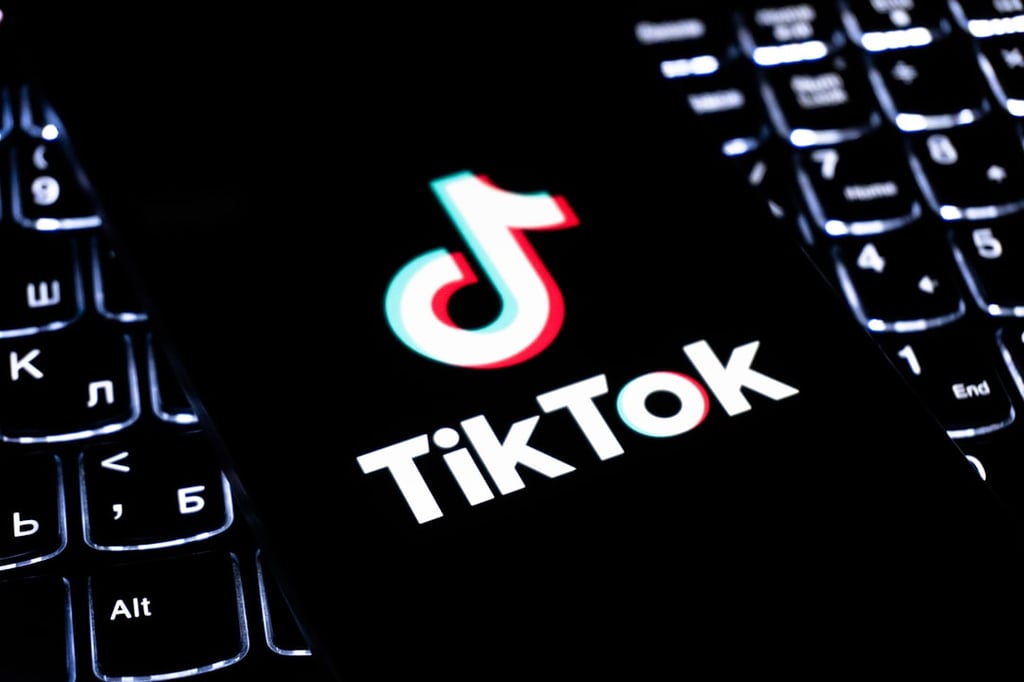Consumers are one step closer to a faster Wi-Fi standard after competing groups voted Wednesday to agree on a proposal led by Intel, Atheros and Broadcom. As a result of a 40-0 vote (including two abstentions) the Enhanced Wireless Consortium joint proposal will be heard by the IEEE standards-making body when it convenes next week […]
Datamation content and product recommendations are
editorially independent. We may make money when you click on links
to our partners.
Learn More
Consumers are one step closer to a faster Wi-Fi standard after competing groups voted Wednesday to agree on a proposal led by Intel, Atheros and Broadcom.
As a result of a 40-0 vote (including two abstentions) the Enhanced Wireless Consortium joint proposal will be heard by the IEEE standards-making body when it convenes next week in Hawaii.
Wireless groups see the 802.11n Wi-Fi standard as breathing new life into Wi-Fi, offering consumers increased speed, fewer “dead spots” and use by video and phones, as well as Internet access. For example, 802.11n Wi-Fi is expected to up to 4-5 times faster than 802.11g, and upwards of 50 times faster than 802.11b, the most commonly used protocol today.
The EWC was formed in 2005 by a splinter group of Wi-Fi companies dissatisfied with the lack of progress toward a new specification.
Atheros, a backer of the plan, said the agreement demonstrates extraordinary support for the EWC-based proposal. “Adoption of this specification is a huge step forward,” said Bill McFarland, Atheros chief technical officer.
“This is the hardest hurdle that needs to be passed,” said McFarland. While McFarland refused to name the companies that abstained from voting, he said Airgo Networks, the leading developer of MIMO (Multiple Input, Multiple Output) technology likely to be used in 802.11n, voted for the agreement. Airgo recently announced it has shipped more than 5 million of its True MIMO chipsets used in equipment from Netgear, Linksys, Buffalo and Belkin.
“We’re really excited,” said Dave Borison, Airgo’s Director of Product Marketing. “There is now a first draft and we’re back in the IEEE.” Airgo had objected to the EWC working outside the traditional standards process.
How did Atheros, Intel and others convince the holdouts to join the EWC camp? EWC worked with companies to include their interests in the final proposal, according to McFarland. The group ensured issues touching on 802.11n in phones and in consumer electronics were made part of the proposal.
In December, the Joint Proposal team, composed of members of the TGnSync, WWise and MITMOT, a Motorola and Mitsubishi group came to near agreement.
This article was first published on InternetNews.com. To read the full article, click here.
-
Huawei’s AI Update: Things Are Moving Faster Than We Think
FEATURE | By Rob Enderle,
December 04, 2020
-
Keeping Machine Learning Algorithms Honest in the ‘Ethics-First’ Era
ARTIFICIAL INTELLIGENCE | By Guest Author,
November 18, 2020
-
Key Trends in Chatbots and RPA
FEATURE | By Guest Author,
November 10, 2020
-
Top 10 AIOps Companies
FEATURE | By Samuel Greengard,
November 05, 2020
-
What is Text Analysis?
ARTIFICIAL INTELLIGENCE | By Guest Author,
November 02, 2020
-
How Intel’s Work With Autonomous Cars Could Redefine General Purpose AI
ARTIFICIAL INTELLIGENCE | By Rob Enderle,
October 29, 2020
-
Dell Technologies World: Weaving Together Human And Machine Interaction For AI And Robotics
ARTIFICIAL INTELLIGENCE | By Rob Enderle,
October 23, 2020
-
The Super Moderator, or How IBM Project Debater Could Save Social Media
FEATURE | By Rob Enderle,
October 16, 2020
-
Top 10 Chatbot Platforms
FEATURE | By Cynthia Harvey,
October 07, 2020
-
Finding a Career Path in AI
ARTIFICIAL INTELLIGENCE | By Guest Author,
October 05, 2020
-
CIOs Discuss the Promise of AI and Data Science
FEATURE | By Guest Author,
September 25, 2020
-
Microsoft Is Building An AI Product That Could Predict The Future
FEATURE | By Rob Enderle,
September 25, 2020
-
Top 10 Machine Learning Companies 2020
FEATURE | By Cynthia Harvey,
September 22, 2020
-
NVIDIA and ARM: Massively Changing The AI Landscape
ARTIFICIAL INTELLIGENCE | By Rob Enderle,
September 18, 2020
-
Continuous Intelligence: Expert Discussion [Video and Podcast]
ARTIFICIAL INTELLIGENCE | By James Maguire,
September 14, 2020
-
Artificial Intelligence: Governance and Ethics [Video]
ARTIFICIAL INTELLIGENCE | By James Maguire,
September 13, 2020
-
IBM Watson At The US Open: Showcasing The Power Of A Mature Enterprise-Class AI
FEATURE | By Rob Enderle,
September 11, 2020
-
Artificial Intelligence: Perception vs. Reality
FEATURE | By James Maguire,
September 09, 2020
-
Anticipating The Coming Wave Of AI Enhanced PCs
FEATURE | By Rob Enderle,
September 05, 2020
-
The Critical Nature Of IBM’s NLP (Natural Language Processing) Effort
ARTIFICIAL INTELLIGENCE | By Rob Enderle,
August 14, 2020
SEE ALL
ARTICLES







